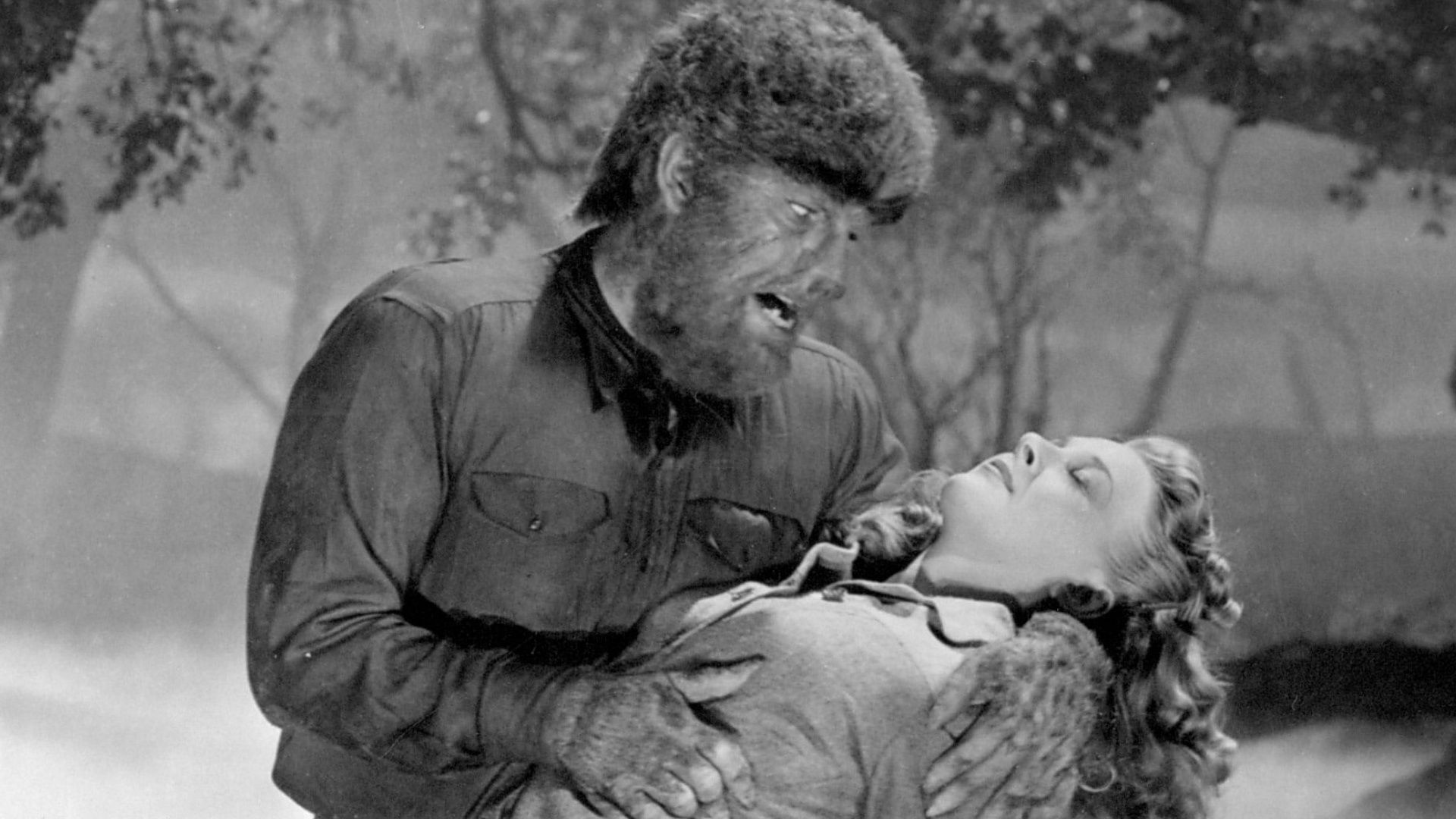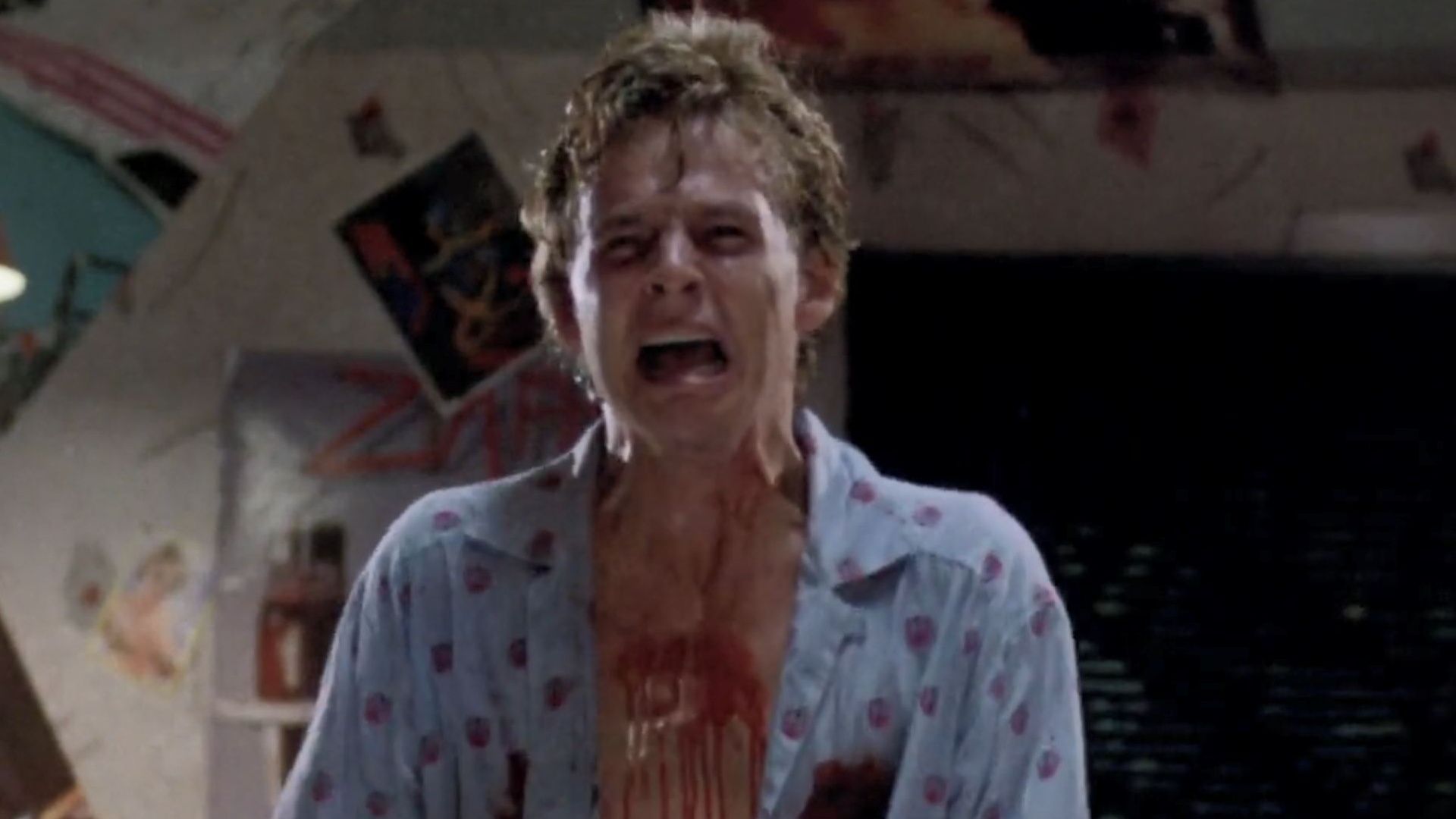If the horror genre can do one thing right, it is produce some compelling and well-structured villains. However, it is almost too common for a lot of these villains to be reflective of some controversial tropes and characterizations. Whereas a decent selection of horror (and equally non-horror) villains prior to the 1980s could be argued to feed upon queer stereotypes and allegories, the films of this decade began to be quite egregious in how they characterized some horror villains.
Following the sensationalized arrest and trial of one particular American serial killer, the accompanying moral panic appeared to trigger something within the minds of Hollywood horror writers. On the 6th of February 1980, the infamous killer, John Wayne Gacy was brought to trial, charged with the murders of 33 young men and boys. The trial, twinned with a developing Satanic panic, facilitated a toxic culture that gave birth to a growing pattern of horror villains capitalizing on such panic.
Although many horror films of this decade did not explicitly produce queer villains, their subtextual inspirations were becoming undeniable. Unfortunately, shortly into the ’80s, the HIV/AIDS crisis began, further entrenching horrific stereotypes deeper into cultural understandings of queer people, reflected particularly in horror villains of the decade. This has had many political and cultural impacts, and notably, has caused a surge in many communities reclaiming such characters, and some franchises proving their support of their queer (and equally non-queer audiences).
A Brief Insight into Queer Horror Tropes Pre-’80s.
Prior to the 1980s, the use of queer characteristics within the horror genre existed to a lesser degree, and without a coinciding cultural panic, there was little reason for studios to construct characters negatively. However, older horror films nevertheless did reflect queerness in their portrayals, albeit in a less outwardly homophobic way. As is the case with much of the horror genre throughout history, fear has focused on highlighting the ‘other’ as terrifying, which has tended to reflect the general non-heteronormative cultural experience. This vilification of the ‘other’ with such ease partially explains how characterizations in the 1980s were able to become so outwardly toxic.
Early monster movies offer an interesting insight into the development of queerness within horror, even if the intentions were less visible. Many keen-eyed fans of the 1941 gothic classic, The Wolf Man, saw past its allegory for puberty and understood that Larry Talbot’s relationship with his body, emotions, and father reflected a common trans experience. Struggling with a rapidly changing body and an uncontrollable cocktail of emotions, this form of physical horror could appear a little close to home for some dealing with gender dysmorphia.
By focusing audience fear upon bodily changes deemed unnatural to a heteronormative society, such tropes found a place within its surrounding culture to grow. Horror that was focused on bodily monstrosities only grew in popularity from this point on, creating a foundation for films such as Sleepaway Camp to outwardly object trans bodies as the horror in question. Not all representations have been purposely negative, but they have all contributed towards a normalization of queer tropes being villainized and accepted as such within the horror film genre.
The Rise of the Queer Horror Villain
As discussed, the trial of John Wayne Gacy perpetuated an atmosphere of disdain towards LGBTQ+ people in popular culture. As the ’80s progressed, the demonization of queer people can be seen more obviously within horror villains. Gacy’s crimes were evil and violent, but public perception focused too closely on his sexuality, and queer people began to be seen as such too. This helped to birth the homophobic trend that became dominant in the ’80s, with a focus on the villain’s queerness as threatening normality.
A Nightmare on Elm Street 2
Significant vilification of gay men can be found in the 1985 supernatural slasher, A Nightmare on Elm Street 2: Freddy’s Revenge. In this film, the coach is portrayed as a predator, targeting the young men at the school, and it does a convincing job of highlighting his character as such to the audience. However, his perversions only exist in the dream world and are not taking place in reality. Despite this information, his character is drowned out by the stereotyping that a gay man in a position of responsibility would be an automatic threat to young people.
This comes directly from the assumptions reflected in the media following Gacy’s arrest and trial and highlights its influence on the genre. The casual homophobia that this film’s attitude inspired helped to drive Mark Patton, who played protagonist, Jesse Walsh, out of Hollywood, emphasizing the power this trope had over people’s lives.
Sleepaway Camp
Returning to the 1983 slasher, Sleepaway Camp, the impact of casual homophobia that this trend encouraged was proving to be increasingly venomous. In this film, the main villain, Angela, transforms into the murderous antagonist after being bullied due to her father’s sexuality. Moreover, the reveal at the end of the film that Angela was assigned male at birth encompasses this issue, as it forces the audience to accept that the true horror was her gender identity not aligning with the sex she was assigned at birth. Queer people’s existence, therefore, enabled societal fears by presenting them as terrifying, as their deviation from the norm led to unspeakable things against non-queer people, such as murder.
The Hunger
Vampire films of the decade are a good example of horror continuing to make more subtle references to queerness in order to execute fear into an audience. A significant trope within such films is the terrifying consequences of praying upon unsuspecting victims and infecting them through their blood. There is a great level of similarity between the portrayal of vampires in the 1980s and AIDS victims, furthering an already fearful response matched in mass media of the time.
Looking at films such The Hunger, starring David Bowie, infection was portrayed as selfish, as heteronormative characters were lured into the community through violence and manipulation. This is similar to popular notions that HIV/AIDS was a ‘gay plague’ and the irresponsibility of gay men was the cause of non-queer people catching the virus. This helped to normalize a sour misconception, only furthered by the physical deterioration Bowie’s character experiences in the film.
What Has Been the Legacy of this Trope?
The films discussed here all point to a commonality occurring within the horror genre, starting largely in the 1980s. The trial of Gacy brought to light his horrific crimes and helped to consolidate a bad name for LBGTQ+ people. There is little reason to believe that film writers were outwardly attempting to feed this beast via their projects, but they were certainly not working against popular belief.
This has, in turn, led to some lasting legacies within the film industry. One quite noticeable one is the ‘Bury Your Gays’ phenomenon. This trope takes LGBTQ+ characters from television and films, and presents them as lesser, in comparison to their heterosexual counterparts, and therefore more deserving of their deaths. Importantly, the trope did not originate in the 1980s but has rather been around since as early as the 19th century. However, the AIDS crisis and the homophobic rhetoric of the time helped the harmful trope to evolve and reach new heights. This is not as commonly found in newer horror films, since the trope gained significant controversy for obvious reasons, but still exists.
Equally, all this negativity focused on the genre at such a culturally iconic era for horror has led to many reclaiming these tropes. For example, since Mark Pattern publicly came out and shared his experiences working on A Nightmare on Elm Street 2, it has more widely been recognized as a camp classic. The same is true of Sleepaway Camp, with contemporary takes on the films finding positivity in exploring the fear within simply being an LBGTQ+ person in a heteronormative, and sometimes dangerously homophobic world.


